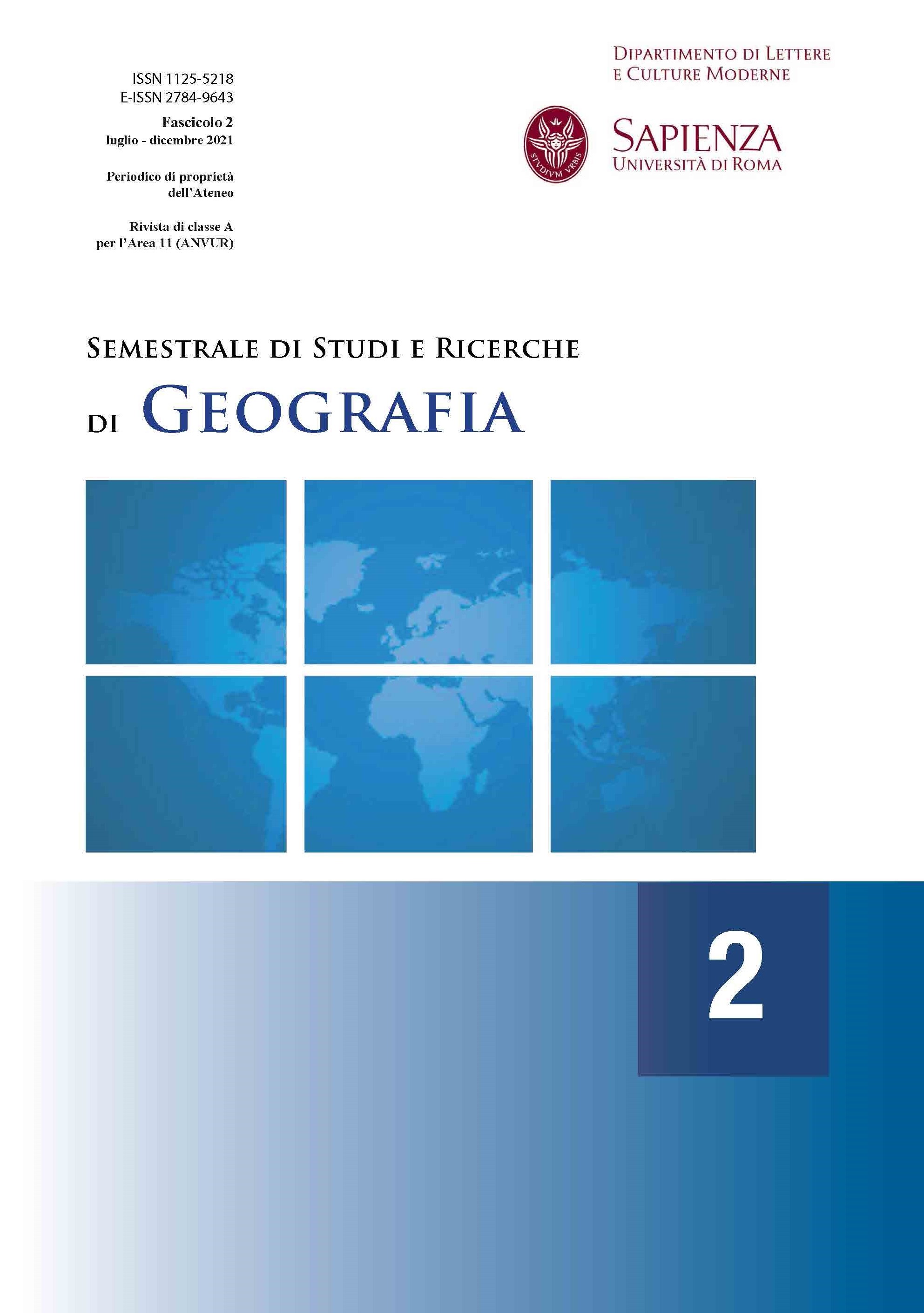La geografia della montagna tra interpretazioni, progettualità e percorsi di sviluppo turistico
DOI:
https://doi.org/10.13133/2784-9643/17479Parole chiave:
aree montane, progettualità, sviluppo turisticoAbstract
In recent years, mountain areas have received increasing attention from both a multidisciplinary academic and political perspective. However, in the context of mountain geography, there is still no shared identification of mountain areas that goes beyond mere altitude and orographic criteria.
Thus, this paper firstly aims to shed light on the concept of mountains, underlining the importance of defining and interpreting mountains as a baseline for the development of territorial policies.
Although mountains are traditionally recognized as marginal, weak and peripheral areas, tourism and planning have been recognized as an important vector for countering the effects of marginalization and for the revitalization of these areas. In light of these considerations, this paper also aims at analysing the current project initiatives in the Italian mountains, through a selected sample of 250 initiatives located in the Alpine and Apennine areas of the country.
The study offers a theoretical contribution, through the analysis of the tourist projects and the identification of two different profiles attributable to the Alpine and Apennine areas. The research also provides practical implications that enable a better understanding of how to improve tourism planning in the most disadvantaged contexts of the Italian mountains.
##submission.downloads##
Pubblicato
Fascicolo
Sezione
Licenza
Copyright (c) 2021 Semestrale di studi e ricerche di geografia

TQuesto lavoro è fornito con la licenza Creative Commons Attribuzione 4.0 Internazionale.
Gli autori che pubblicano su questa rivista accettano le seguenti condizioni:- Gli autori mantengono i diritti sulla loro opera e cedono alla rivista il diritto di prima pubblicazione dell'opera, contemporaneamente licenziata sotto una Licenza Creative Commons - Attribuzione che permette ad altri di condividere l'opera indicando la paternità intellettuale e la prima pubblicazione su questa rivista.
- Gli autori possono aderire ad altri accordi di licenza non esclusiva per la distribuzione della versione dell'opera pubblicata (es. depositarla in un archivio istituzionale o pubblicarla in una monografia), a patto di indicare che la prima pubblicazione è avvenuta su questa rivista.
- Gli autori possono diffondere la loro opera online (es. in repository istituzionali o nel loro sito web) prima e durante il processo di submission, poiché può portare a scambi produttivi e aumentare le citazioni dell'opera pubblicata (Vedi The Effect of Open Access).


